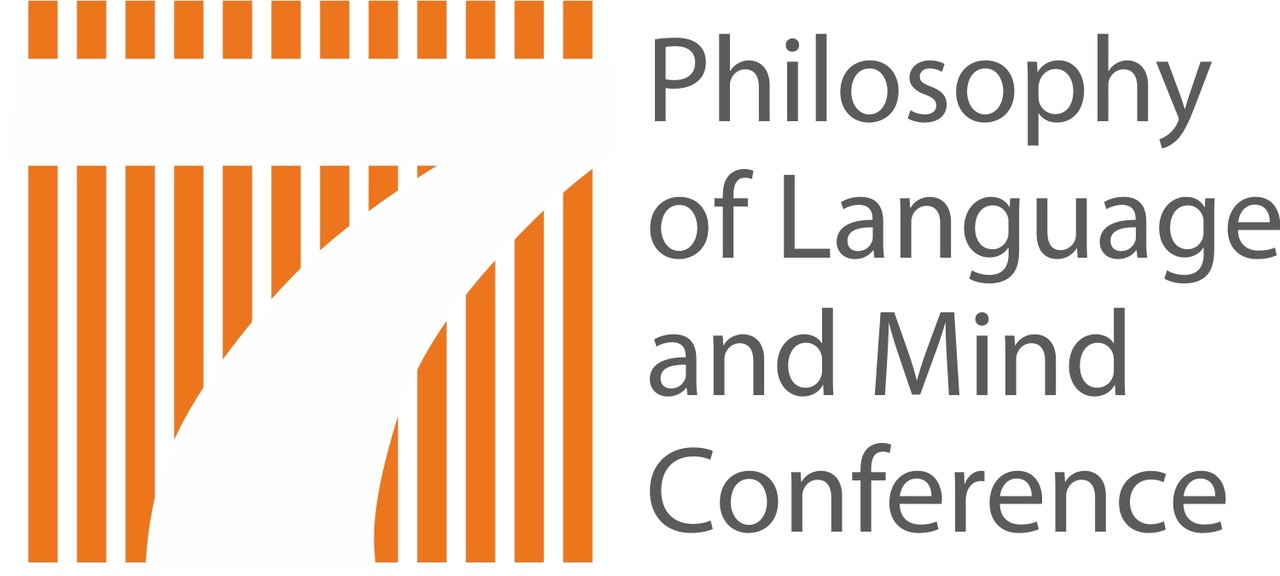In this paper, I explore the prospects for essential representationalism about perceptual experience (ER).
ER: For every phenomenal property in the class Φ, there is some representational property such that, necessarily, if perceptual experience has that phenomenal property then it has that representational property.
ER is a substantive philosophical claim because, if true, it can be used to explain the fundamental role of perceptual experience in grounding the intentionality of other mental states (Loar 2003; Kriegel 2011; Pautz 2013) and the cognitive-epistemic role of perceptual experience (Tye 2014; Dretske 2003). These explanatory virtues have led to the wide acceptance of ER among philosophers of perception. They have also, however, led to a general indifference towards pursuing independent arguments for ER. I contend that ER, in fact, requires an argument. This need is even greater after David Papineau’s (2021) recent attack on ER.
The paper has the following structure. First I discuss methodological problems encountered by attempts to establish ER. Next, I defend ER by way of an imagination-based argument from visual emergence. Doing so, I hope, avoids the relevant methodological problems. I conclude by address some possible objections to my thesis and ER in general.
In the reminder of this abstract I restrict myself to briefly introducing my argument for ER presented in detail in the second part of the paper.
Take my current visual experience of a white coffee cup with blue spots (henceforth: CupE). CupE is a case of distinctively experiential presentation in the sense that it meets criteria specified by the following thesis:
Experiential Presentation: Even without interpretation or augmentation by higher-order mental states, perceptual experience represents its objects by rendering them phenomenally present to a subject’s consciousness.
Phenomenal presence is sometimes cashed out in terms of transparency of experience vis-à-vis perceived objects and properties that are not represented as properties of the subject. But phenomenal presence is more than just transparency and objectivity of perceptual experience: perceptual experience by making things phenomenally present, seems to make us aware of the mind-independent particulars that are truth-makers of perceptual content (Pryor 2000: 547, fn. 37; Chudnoff 2012; Dorsch 2018; Berghofer 2020). I take the term “phenomenal presence” to be an intuitively understandable placeholder for the distinctively experiential and perceptual way of representing the environment.
Now, the question is whether the subject can have a non-representational phenomenal equivalent of CupE; call this equivalent Φ-CupE. Φ-CupE would be phenomenally equivalent to CupE but devoid of its representational properties.
On CR (a negation of ER), the phenomenal characters of CupE and Φ-CupE consist of the same mental picture, only, in the former case, it happens to represent the blue-spotted white coffee cup. Now, suppose that a subject undergoes experience Φ-CupE. However, at some point, this experiential episode changes in one aspect: Φ-CupE becomes CupE. This change will be a case of the emergence of the mental picture’s representational aspect. CR does not provide reasons to think that this kind of representational-aspect emergence is impossible. In fact, CR predicts that such an emergence would remain phenomenology unaffected: the emergence of the representational aspect is phenomenally ‘seamless’. I contend that this prediction is implausible in light of phenomenological considerations following from the Experiential Presentation thesis. An argument to this effect can be expressed in the following concise form:
The argument from visual emergence
P1 If ER is false, then the emergence of CupE from Φ-CupE does not change the phenomenal character constituted by the underlying mental picture.
P2 If the emergent experience is a case of experiential presentation, then the emergence of a representational aspect of experience in this case changes the phenomenal character constituted by the underlying mental picture.
P3 CupE is a case of experiential presentation.
P4 It is not true that the emergence of CupE from Φ-CupE does not change the phenomenal character constituted by the underlying mental picture.
∴ ER is true.
P1 is simply a CR’s prediction. The conclusion follows from P1 and P4 by modus tollens. P4 follows from P2 and P3. P3 means that CupE is a case of perceptual experience in the sense implied by the Experiential Presentation thesis. Experiential Presentation is independently plausible and accepted by CRists (see Papineau 2021: 9–11, 95–97, 114–115). CRists must deny P2. As such, P2 is the only premise that requires support. I shall argue that our experience-based imagination strongly supports P2. CRist cannot reject P2 without undermining the Experiential Presentation thesis. CR has no resources to explain a genuinely experiential aspect of perceptual representation. Without augmentation by the ad hoc claims, CR predicts no phenomenal difference in cases of visual emergence in which we should expect such a difference (e.g. in Gestalt cases). Even if it does not conclusively rule out CR, the implausibility of this prediction speaks strongly in favour of ER.
References
Berghofer, P. (2020) ‘Towards a phenomenological conception of experiential justification’, Synthese, 197: 155–183.
Chudnoff, E. (2012) ‘Presentational Phenomenology’, in: S. Miguens & G. Preyer (eds.), Consciousness and Subjectivity. Frankfurt am Main: Ontos Verlag.
Dorsch, F. (2018) ‘The Phenomenal Presence of Perceptual Reasons’, in: F. Dorsch & F.Macpherson (eds.), Phenomenal Presence. Oxford: Oxford University Press.
Dretske, F. (2003) ‘Experience as representation’, Philosophical Issues, 13: 67–82.
Kriegel, U. (2011) The Sources of Intentionality. Oxford: Oxford University Press.
Loar, B. (2003) ‘Phenomenal intentionality as the basis of mental content’, in: M. Hahn & B. Ramberg (eds.), Reflections and Replies: Essays on the Philosophy of Tyler Burge. Cambridge, MA: MIT Press.
Papineau, D. (2021) The Metaphysics of Sensory Experience. Oxford: Oxford University Press.
Pautz, A. (2013) ‘Does Phenomenology Ground Mental Content?’, In U. Kriegel (ed.), Phenomenal Intentionality. Oxford: Oxford University Press.
Pryor, J. (2000) ‘The skeptic and the dogmatist’, Noûs 34: 517–549.
Tye, M. (2014) ‘Transparency, qualia realism and representationalism’, Philosophical Studies, 170: 39–57.
